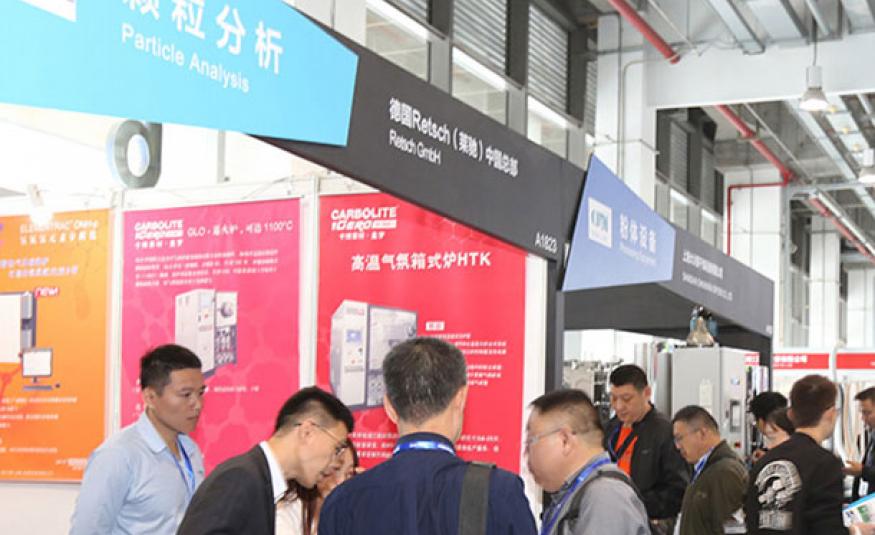One-stop tradefair for powder and bulk solids in China, IPB 2019 is gearing up again to showcase a range of new exhibits and trends, 16-18 October.
Shanghai World Expo Exhibition and Convention Center will showcase the event, which will involve an estimated 230 exhibitors, 40% of them coming from outside China.
Exhibitors will be joined, organisers say, by some 10,000 trade visitors from sectors including chemicals, pharmaceuticals and food. The show is co-organised by the Chinese Society of Particuology and NürnbergMesse China Co. Ltd and the event will also host the 8th IND EX® Safety Symposium on Explosion Protection Regulations in partnership with the Intercontinental Association of Experts for Industrial Explosion Protection (INDEX).
Organisers are this year offering key seminars on explosion protection regulations, given China introduced new regulations this year. Award-winning innovation and environmental protection policy The Intelligent Green & Safety Award (IGSA) was introduced at the IPB by the co-organisers in 2018 and proved popular.
A new round of assessments and selection processes for outstanding powder and bulk solids equipment eligible for the IGSA is under way for IPB 2019. This award is designed to promote the development of the Chinese powder industry.
And, to coincide with the 70th anniversary of the founding of the People’s Republic of China, the ‘Powder & Bulk Solids 3New Summit’ will be held during the tradeshow to bring together international and Chinese concepts and technologies.
The ‘3New’ in the event title stands for new materials, new technologies and new products.
Organisers claim more than 200 powder processing companies from all over the world are set to enjoy professional knowledge-sharing with 300 end-users.
Last year’s three-day IPB exhibition attracted 8,596 trade visitors, 35% of whom came from the chemical industry, 12% from phamaceuticals and 11% from food/feed. The remaining 42% came from energy (10%) ceramics and glass (8%), mining (7%), metallurgy (7%), paper (3%) and tobacco (3%).





